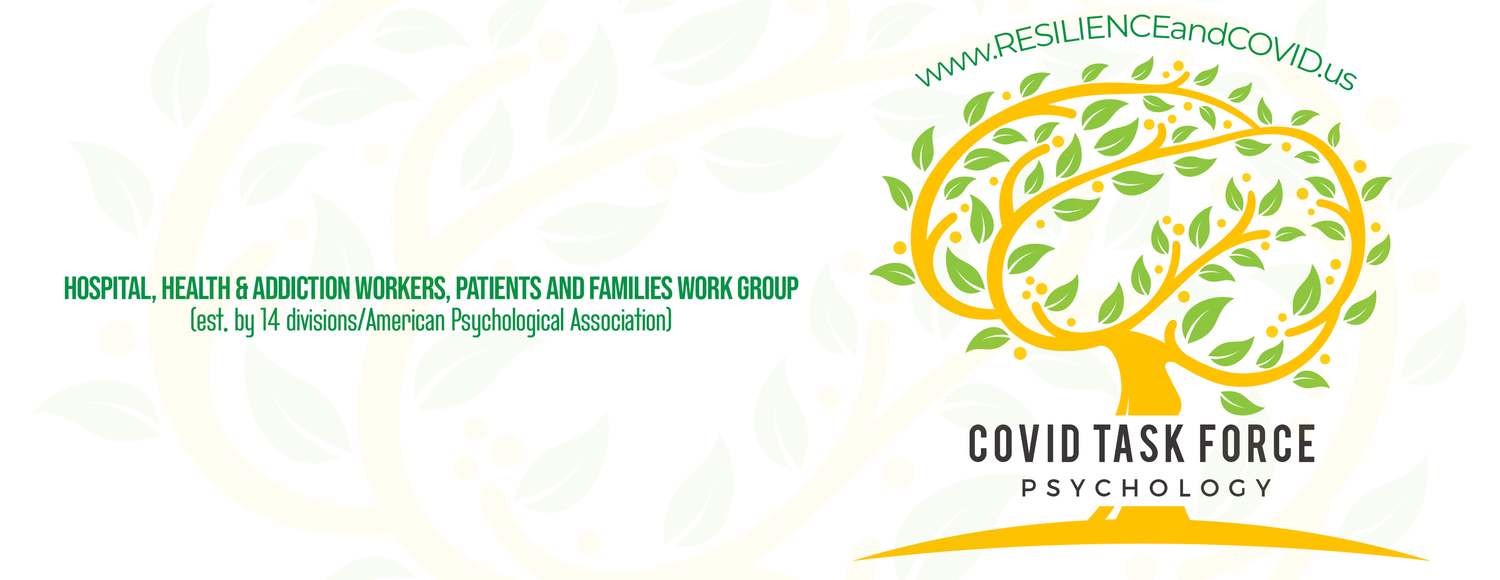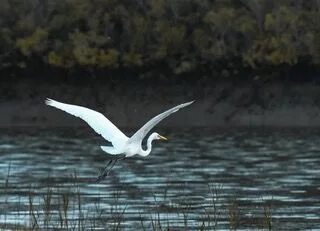Turn Play Into a Way to Understand Children in the Pandemic
A creative pathway to helping kids during COVID-19.
source: aenic/pexels
When will COVID ever be over? This endless era creates mountains of stress. Children and adults can both become discouraged, which makes other problems feel even worse. But one way for kids to recover is hidden in plain sight.
This is an ideal time to tap into the power of play. Many kids, especially young ones, have trouble explaining what is wrong in words. But free, unscripted play offers a natural form of expression that releases stress (Brown, 2019).
Playing together gives a way to share feelings and problems without having to describe them in words. Here is the story of a 4-year-old in play therapy. Join her journey to see how she used the language of play to express her fears and shed her symptoms of stress.
The Swan
“The swan is the most beautiful of all,” whispered 4-year-old Marissa.
She placed a tiny white swan in the center of her palm, selecting it from an array of rubber animals on the table by the window.
But suddenly Swan vanished.
“Where is Swan?” I asked her.
“Bad guys took her,” she told me. “They hid her!”
Marissa and I searched under the table. No Swan there. I bent down and checked under the desk. Nothing there. We finally found her under a big leather chair.
Marissa picked her up carefully and put her into a silver dish of business cards. She made a blanket out of Kleenex and fed her cheese made out of clay. Virtually every toy in the office got pressed into service as a friend or food for Swan.
Every Wednesday, Swan disappeared before Marissa took off her coat. She slid around the room in her socks, searching for good hiding places. I knew not to watch while Swan vanished.
“Where is Swan?” Not behind the lamp.
I looked between some books while my mind drifted to her real-life story. Her mother told it to me before I ever met Marissa.
There had been some fighting, she’d explained in a low voice. Three months ago, her husband knocked her against the kitchen door.
"Did Marissa see anything?" I wondered.
article continues after advertisement
"I hope not." The sad sound in her voice echoed in my mind.
Back in the office, Marissa and I were still on a search for Swan. Rescuing Swan must be a way to rescue her mother, I reflected. Or was it Marissa’s way to rescue herself from feeling alone and afraid?
It could be both, I decided, since play knows no bounds.
“Where is Swan?”
Marissa and I keep on looking, while I left my deeper thoughts unspoken. I knew from experience with other kids that if I jumped from play to frightening events, she might become scared and shut down.
Get to know the child first, I told myself. Let her tell her own story in her own way. Remember that the language of play is its own portal.
Marissa pointed toward the curtains, alerting me back into the present. She was waiting for me to look for Swan.
I pushed back the curtain on the left. No Swan there. I tried the one on the right. No Swan there either.
I finally discovered her under the corner of the rug.
"There she is!“ I gave Marissa a smile. “I bet she’s glad we found her.”
Marissa looked at me wide-eyed and nodded.
In real life the danger was over, her mother told me. Her husband had promised not to lay hands on her again, and he had started going with her to couples counseling.
But Marissa was using the language of play to say that she was not so sure about a happy ending. The bad men could come and try to capture Swan again. Her play was on repeat because her fear was on repeat.
article continues after advertisement
Before we began to meet, Marissa had spent three dejected months at preschool, wet with tears and with pee. Now that she had her own way to tell her story, those bodily forms for fear had vanished. Her teacher told me that she could get through her day at school without tears or accidents.
“It is such a relief!” Her teacher exhaled over the phone.
But that did not mean it’s all over, according to Marissa. Swan had gone back into hiding.
“Where is Swan?” We played that game over and over again.
I looked at the tiny rubber swan on the table after Marissa left the office. I put her back into the silver dish, along with my business cards. Swan deserved that special place. She held Marissa’s fears and hopes in her one-inch form. Swan could hide from danger and we could find her on the other side, as many times as it took for Marissa to restore a feeling of safety inside.
It was a lot of weight to put on a small rubber swan, but I was glad we had her. Inner security is an invisible power, one that can make a difference in getting through life’s hardships.
I always wondered how far that took Marissa. After a couple of months, her family moved to a new house for a fresh start. That took her to another state, over an hour away from my office. I let her take Swan along.
The Swan is a true story, but some details have been changed to protect confidentiality.
Read article on Psychology Today: https://www.psychologytoday.com/us/blog/psychological-trauma-coping-and-resilience/202101/turn-play-way-understand-children-in-the
References
Brown, S. (2019, June 19). The Science of Play: How Play Helps Us Develop Resilience. Playcore. https://www.playcore.com/news/how-play-helps-us-develop-resilience

